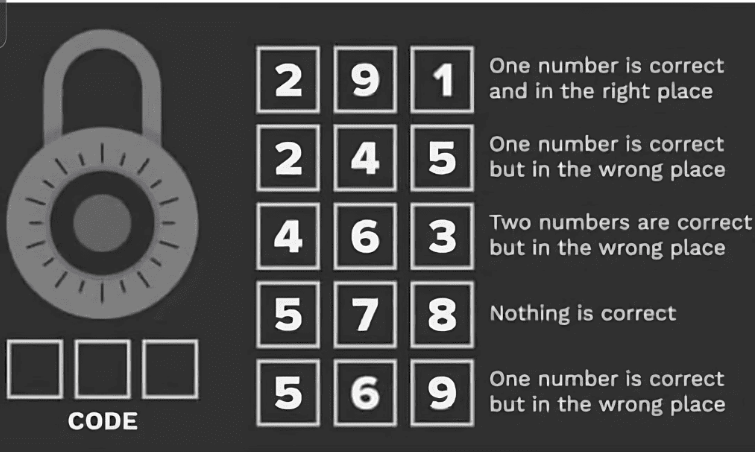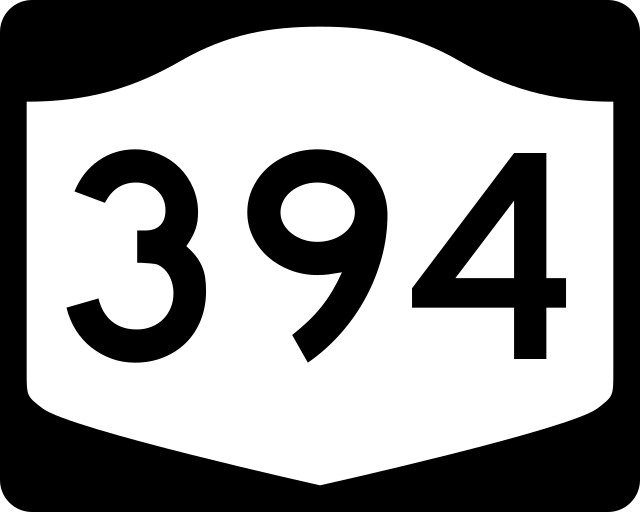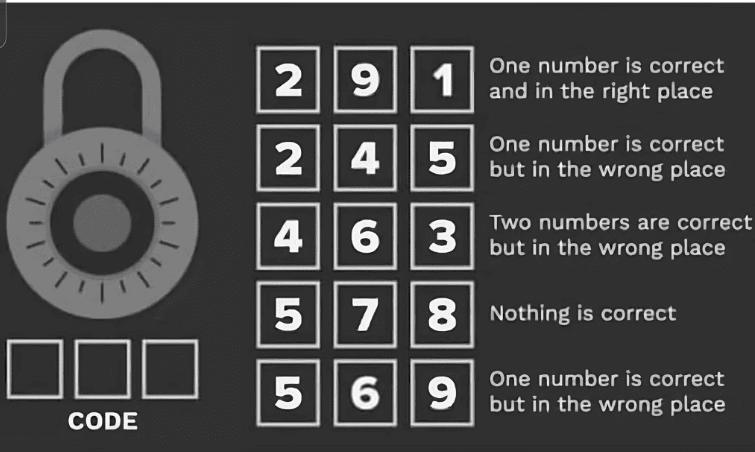Are you up for a brain-teasing challenge?
This isn’t just any ordinary puzzle; it’s a logical game that requires you to find a hidden three-digit code based on a series of hints. Each clue gives you hints about which numbers are part of the code, whether they’re in the correct position, and how many are incorrect. Think you can solve it? This puzzle not only tests your logical reasoning but also your patience and attention to detail. So, grab a pen and paper, and let’s dive into this mental workout.

Why This Puzzle Can Be Tricky This three-digit puzzle may look simple at first glance. However, once you start working through the clues, you’ll realize it’s more challenging than it seems. The trick isn’t just to identify the right numbers, but also to place them in the correct order. Misinterpreting a single clue can throw off your entire solution. So, how can you avoid getting confused? Let’s break down the process step-by-step, while also pointing out common mistakes to steer clear of along the way.
Common Mistakes in Solving the Code Before we get into the solution,
let’s highlight some of the most common pitfalls people encounter when trying to crack the code:
Misinterpreting Clues: It’s easy to confuse a clue that says a number is correct but misplaced with one that indicates a number is both correct and in the right spot. Differentiating between these hints is crucial for solving the puzzle.
Ignoring Elimination: Sometimes, it’s easier to focus on the numbers that are present, while overlooking the importance of ruling out those that aren’t. This can lead to incorrect assumptions.
Overlooking Clue Interactions: Many solvers treat clues as isolated pieces of information instead of understanding how they work together. Integrating information from all clues simultaneously is key to finding the code.
Now, let’s dive into solving the puzzle step-by-step.
The Clues: Breaking Down the Puzzle Here are the clues you have to work with:
Clue 1: 291 – One number is correct and in the right place.
Clue 2: 245 – One number is correct but in the wrong place.
Clue 3: 463 – Two numbers are correct but in the wrong place.
Clue 4: 578 – Nothing is correct.
Clue 5: 569 – One number is correct but in the wrong place.
Let’s analyze each clue and eliminate options until we reveal the correct three-digit code.
Step 1:
Analyzing Clue 4 (578) Clue 4 states that none of the numbers in 578 are in the code. This immediately eliminates the digits 5, 7, and 8 from consideration. This information is vital because it narrows down the pool of possible numbers significantly.
Step 2:
Analyzing Clue 1 (291) Clue 1 tells us that one of the digits in 291 is correct and in the correct position. Since 5 has already been ruled out (from Clue 4), we are left with 2, 9, and 1 as potential candidates. We don’t know yet which one is correct, but we know that one of these numbers is in the correct position.
Step 3:
Analyzing Clue 2 (245) Clue 2 indicates that one of the numbers in 245 is correct but misplaced. Since we know 5 is not part of the code (thanks to Clue 4), this leaves 2 and 4 as possible correct numbers. However, since the correct number is misplaced, neither 2 nor 4 can be in the position shown here.
Step 4:
Analyzing Clue 3 (463) Clue 3 states that two numbers are correct but in the wrong positions. Since we have already eliminated 5, we know 4 and 3 are part of the code but need to be in different positions. This confirms that both 4 and 3 are part of the final three-digit code.
Step 5:
Analyzing Clue 5 (569) Clue 5 says one of the digits is correct but misplaced. We know 5 and 6 are not in the code (from previous analysis), so the remaining number—9—must be part of the code. Based on Clue 1, where one of the digits in 291 is in the correct position, 9 is likely in the second position of the code.
Putting It All Together:
The Solution By now, we’ve determined that:4 and 3 are part of the code but need different positions than indicated in their respective clues.
9 is in the second position, as confirmed by Clue 1.
This leads us to the code: 394.

The correct three-digit code, after thoroughly analyzing all the clues and eliminating incorrect numbers, is 394.
Why This Puzzle is a Great Brain-Teaser This puzzle isn’t just about guessing a combination—it’s a true test of logical reasoning, patience, and attention to detail. It forces you to think critically, use the process of elimination, and analyze how each clue interacts with the others. It’s a fantastic exercise for the brain and a fun way to sharpen your problem-solving skills.
Challenge Your Friends: Can They Solve It Too? Did you manage to crack the code on your own? If so, give yourself a pat on the back—you’ve demonstrated some sharp analytical skills! If not, don’t worry; puzzles like this are meant to be challenging. Share this puzzle with friends and family to see if they can figure it out, and compare your problem-solving approaches.
Conclusion: Attention to Detail Is the Key This puzzle isn’t just about finding a three-digit code; it’s about learning to observe details, analyze clues, and draw logical conclusions. By paying attention to the hints and eliminating options step-by-step, you can solve even the toughest puzzles. So, next time you’re faced with a brain-teasing challenge, remember that sometimes, it’s all about careful analysis and persistence. Keep practicing, and you’ll soon become a master codebreaker. Happy solving!




